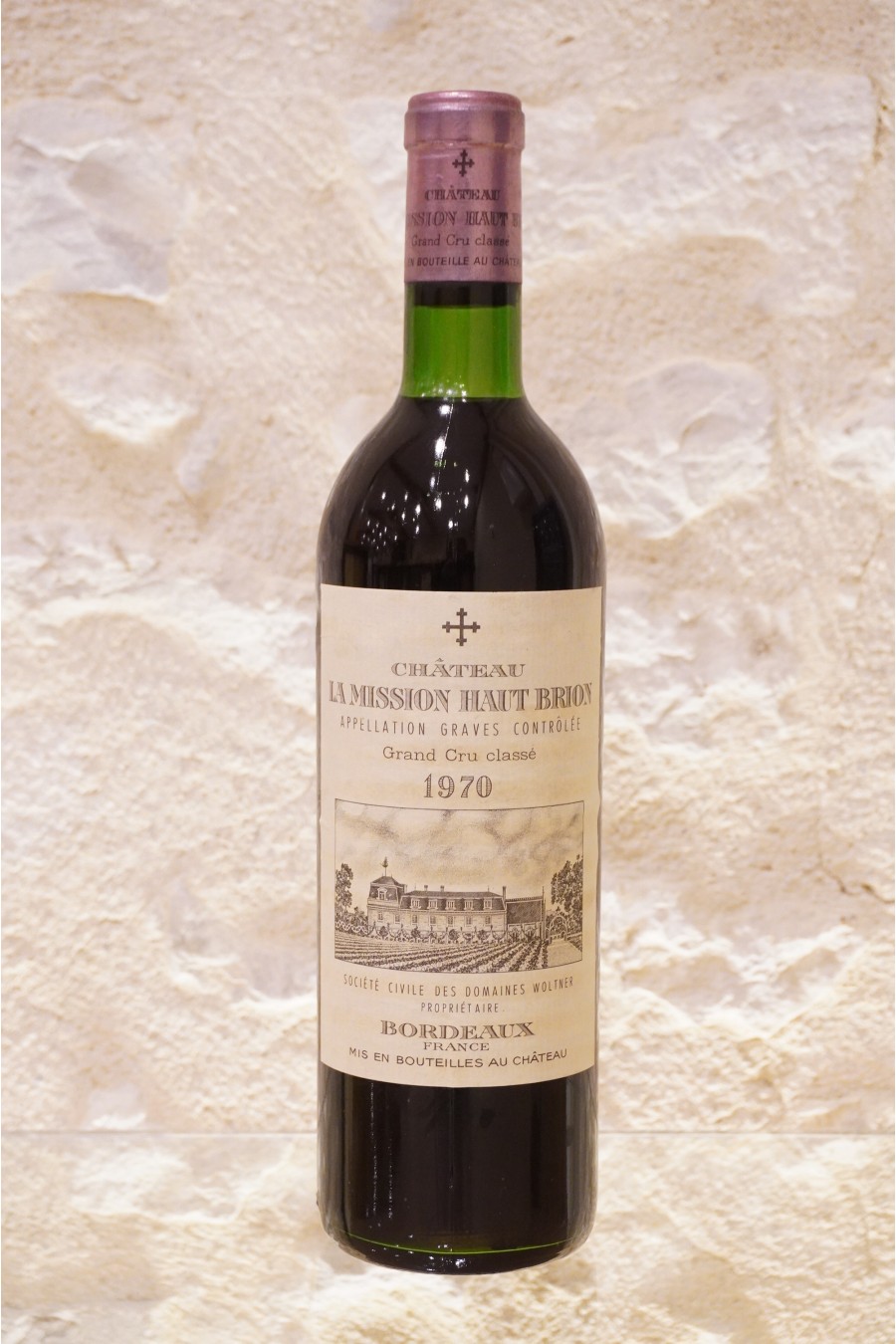- 75CL - Bottle









280€ HT
The property is bequeathed to the missionary community of the Lazarist brothers, an order founded by Saint-Vincent de Paul. Confiscated during the Revolution, the estate was sold at auction in 1792 to an entrepreneur, Martial-Victor Vaillant. His daughter passed it on in 1821 to Célestin Chiapella, whose father had moved to New Orleans at the end of the 18th century. Thanks to his family ties in Louisiana, the owner of La Mission Haut Brion, based in France, will develop trade between Bordeaux and the southern United States. His wine was then very renowned in France, the United States but also in Great Britain, where it received the Gold Medal at the Universal Exhibition in London in 1862. Sold in 1884, the estate experienced a succession of owners until its purchase in 1919 by Frédéric Otto Woltner. This renowned merchant will implement innovative processes for the time, such as vitrified steel fermentation tanks. When his descendants put it up for sale in 1983, the Dillon family, owners of Château Haut Brion since 1935, immediately purchased it.
The wines of La Mission Haut Brion are distinguished by their intensity, their corpulence, their power and their great richness. With tremendous aging potential, they are magnificent, especially in old vintages. The chapel built in the 18th century by the Lazarist brothers gave its name to the estate's second wine, made from young vines whose vines do not enter into the composition of the great wine before their sixth year of harvest, at least.
The wine is composed of a majority Merlot, Cabernet-Sauvignon and Cabernet-Franc and has admirable aging potential. These previously mentioned varieties flourished on gravel soils typical of the Pessac-Léognan appellation, the origin of a material of great finesse. The berries were harvested by hand in order to be carefully sorted. Arriving at the cellar, they are destemmed in order to deliver only the quintessence of the fruit and the terroir from which they come. They are then vatted to allow fermentation to begin. The temperature is controlled there and, after two weeks, the plots are assembled using blind tastings. The wine is then aged in wood in wine barrels for around a year and a half.